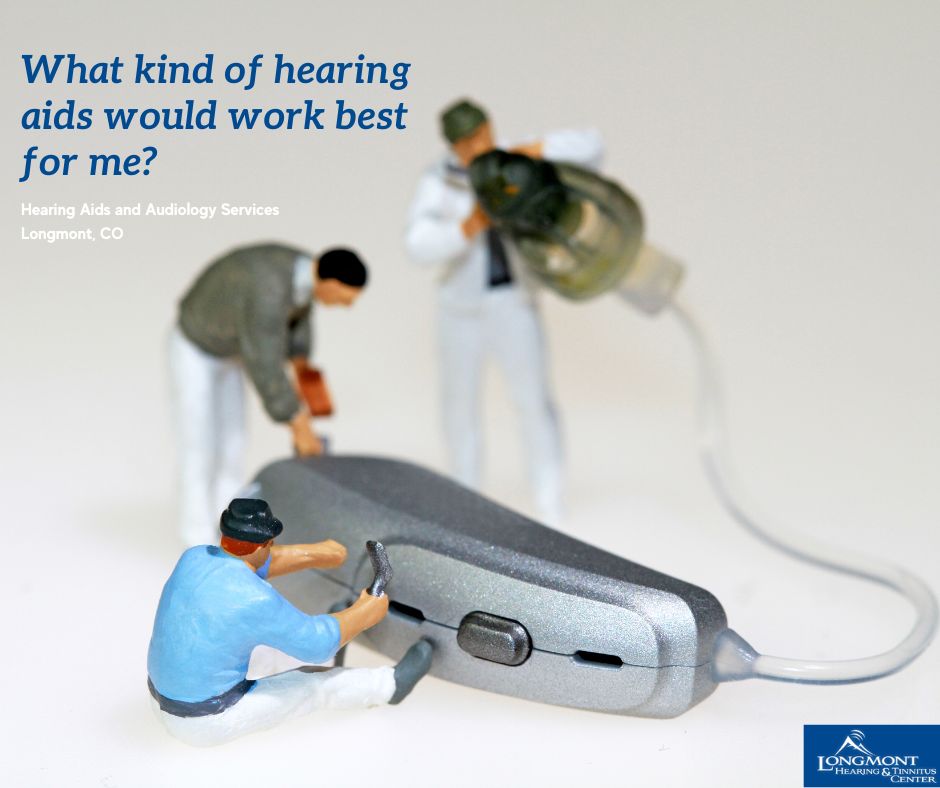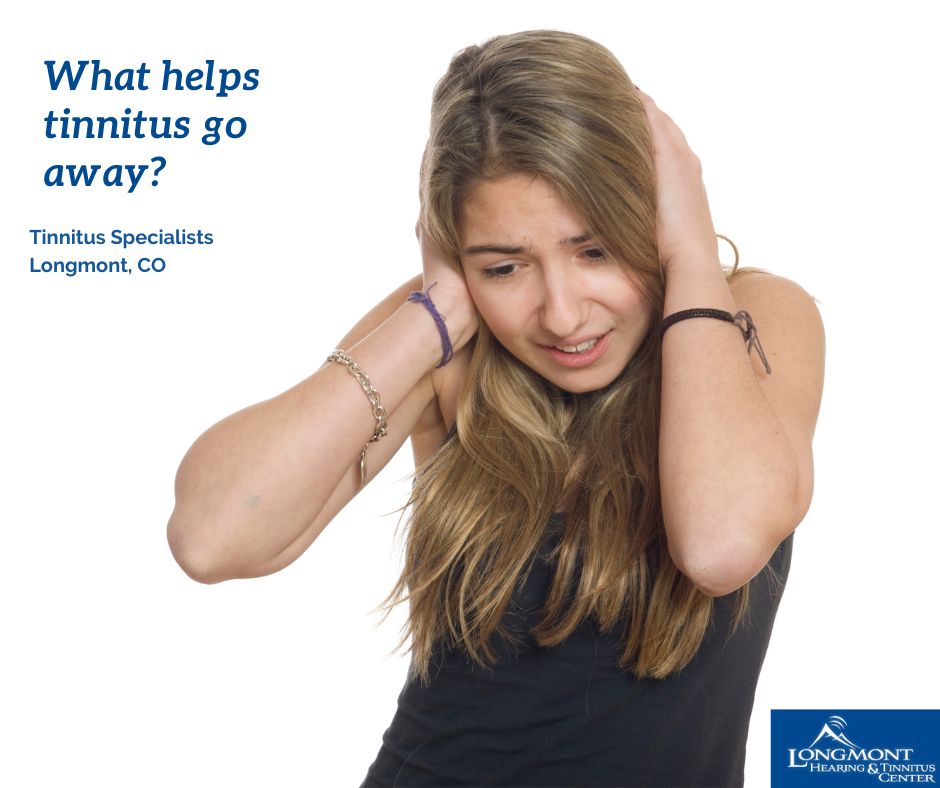
What kind of hearing loss do I have?
Hearing loss affects millions of people worldwide. It can be caused by various factors, including exposure to loud noises, aging, and certain medical conditions. The type and severity of hearing loss vary from person to




